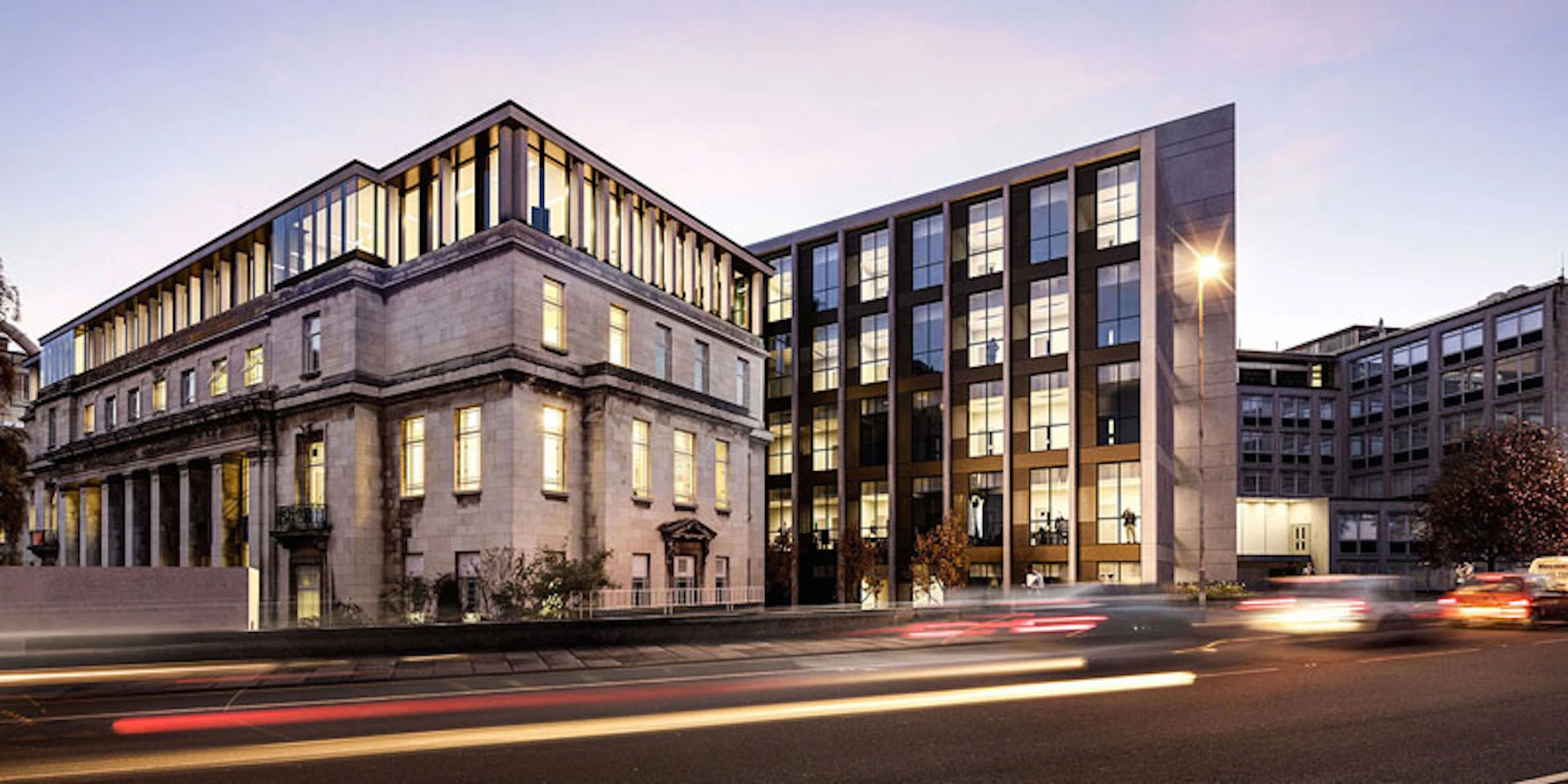
University of Leeds secure approval for £96m science and engineering hub
University of Leeds has been given planning approval for a new £96m science and engineering hub.
Leeds City Council’s plans panel voted to support the application, deferring the final decision to the council’s chief planning officer for approval, subject to conditions.
To be completed by the summer 2020, the £96m development will relocate the School of Computing and School of Physics and Astronomy, bringing them together with colleagues in Chemistry and Engineering for the first time.
This investment forms part of the University’s £520m campus development programme, and will house 2,000 staff and students who will study across the spectrum of physics, chemistry, materials science, engineering, and computer sciences.
Positioned on a public-facing location of the campus in Woodhouse Lane, the proposed 15,700m2 building is the largest, single-project investment ever to have been made on the University campus.
The University said the development will create “state-of-the-art” facilities, including the new Bragg Research Centre for Advanced Functional Materials. The Bragg Centre will be the new home for the University’s activity in materials characterisation and analysis of soft matter and nanostructured thin films.
It is named after Sir William Henry Bragg, the early 20th century mathematician and physicist who developed X-Ray crystallography at Leeds. He was awarded the Nobel Prize for Physics in 1915.
Professor Lisa Roberts, deputy vice-chancellor: research and innovation, said: “The Bragg Centre’s interdisciplinary culture and state-of-the-art facilities will support and attract the best minds at all levels, placing our exceptional standard of research on a global scale.
“The Bragg Centre will be a fabulous environment for cross-disciplinary teams to work on big technical challenges, drawing on our existing strengths. While working together in new and disruptive ways to improve both the quality and the scale of our research; working in such an innovative environments will also transform how we can work with our industry partners on real world problems.”
The University also expects the “superlabs” concept behind the Engineering Physical Sciences development to bring together existing strengths in applied and fundamental research to support interdisciplinary problem-solving research groups.
They will tackle challenges facing the private sector and industry, from conception and theory to imaging, fabrication, application and translation.
Professor Steve Scott, executive dean of the faculty of maths and physical sciences, added: “We are creating an exceptional environment to carry out cutting-edge research; the interplay between people, working culture, equipment and buildings will be central to creating the highest quality findings and original ideas.
“The quality of our research, brought about through leading facilities and the exceptional breadth of our academic staff will drive external partnerships and attract international support, leading to greater depth in funding bids and a rise in standards of research.”
“The interplay between people, working culture, equipment and buildings will be central to creating the highest quality findings and original ideas.”
Looking to promote your product/service to SME businesses in your region? Find out how Bdaily can help →
Enjoy the read? Get Bdaily delivered.
Sign up to receive our popular Yorkshire & The Humber morning email for free.








 Zero per cent - but maximum brand exposure
Zero per cent - but maximum brand exposure
 We don’t talk about money stress enough
We don’t talk about money stress enough
 A year of resilience, growth and collaboration
A year of resilience, growth and collaboration
 Apprenticeships: Lower standards risk safety
Apprenticeships: Lower standards risk safety
 Keeping it reel: Creating video in an authenticity era
Keeping it reel: Creating video in an authenticity era
 Budget: Creating a more vibrant market economy
Budget: Creating a more vibrant market economy
 Celebrating excellence and community support
Celebrating excellence and community support
 The value of nurturing homegrown innovation
The value of nurturing homegrown innovation
 A dynamic, fair and innovative economy
A dynamic, fair and innovative economy
 Navigating the property investment market
Navigating the property investment market
 Have stock markets peaked? Tune out the noise
Have stock markets peaked? Tune out the noise
 Will the Employment Rights Bill cost too much?
Will the Employment Rights Bill cost too much?